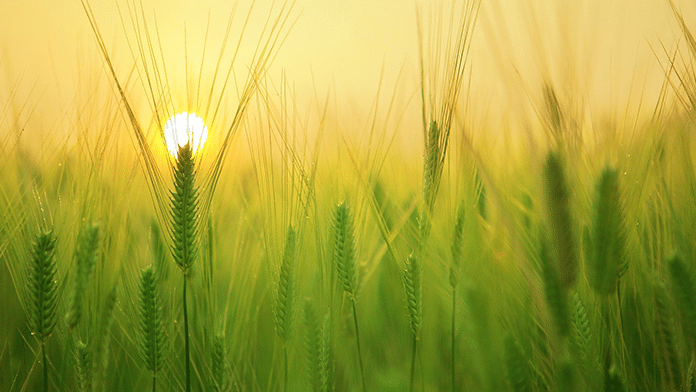Blog
What is Sustainable Agriculture?
August 4, 2021

Get the latest from CIBO. Stay connected with news, expert insights and exclusive event invitations.
SubscribeWith approximately 40% of the world’s population working in agriculture, this industry is the largest global employer. Much like the energy sector, agriculture provides untold benefits to humanity, but can also take a significant toll on natural resources and the environment. In looking for innovative ways to preserve the earth and fight climate change, many people have become interested in adopting sustainable agriculture practices.
The Origin of Sustainable Agriculture
Agricultural sustainability rests on the principle that we should meet the needs of the present without compromising the ability of future generations to meet their own needs. Therefore, long-term stewardship of both natural and human resources should be balanced with short-term economic gain. Stewardship of human resources includes consideration of social responsibilities such as working and living conditions of laborers, the needs of rural communities, and consumer health and safety. Stewardship of land and natural resources involves maintaining or enhancing the quality of these resources and using them in ways that allow them to be regenerated for the future. Stewardship considerations also address concerns about animal welfare in farm enterprises that include livestock.
Sustainable agriculture practices protect the environment while still meeting society’s food and farming needs. The farming practices aim to increase environmental health, economic profitability for farmers, and social and economic equity. Sustainable agriculture minimizes hazards from pesticides and fertilizers. Sustainable practices allow farmers to produce crops that are better for consumers, workers, and their communities. Through proper and careful management of livestock waste, sustainable farmers can protect humans from toxins, pathogens, and other hazardous pollutants.
According to UC Davis , many sustainable practices are combined by people working in agriculture to create sustainable food systems. For example, growers may use methods to minimize water use, promote soil health, and decrease pollution levels. These practices include cover crops, crop rotation, pest management, reducing tillage, and more. Consumers concerned with sustainability can buy “values-based” foods grown using environmentally friendly methods, promoting farmworker well-being, and/or strengthening the local economy.
Transitioning to Sustainable Ag
Making the transition to sustainable agriculture is a complex process. Many farmers start by taking small steps that advance sustainability goals while maintaining economic viability. Each small decision a farmer makes can make a difference and help transition to sustainable agriculture. However, reaching this end goal is not just the responsibility of farmers: the entire system of farmers, laborers, consumers, policymakers, researchers, and retailers can contribute to a sustainable future. Everyone involved has a vital part to play in sustainable agriculture.
CIBO works with organizations and growers to ensure they have the resources to make the transition to sustainable agriculture. CIBO is designed to deliver unique insights about land, ag systems and carbon. Growers, owners, and anyone with an interest in agriculture can accelerate and improve their operations, investment portfolios, and visibility into their entire ag supply chain.